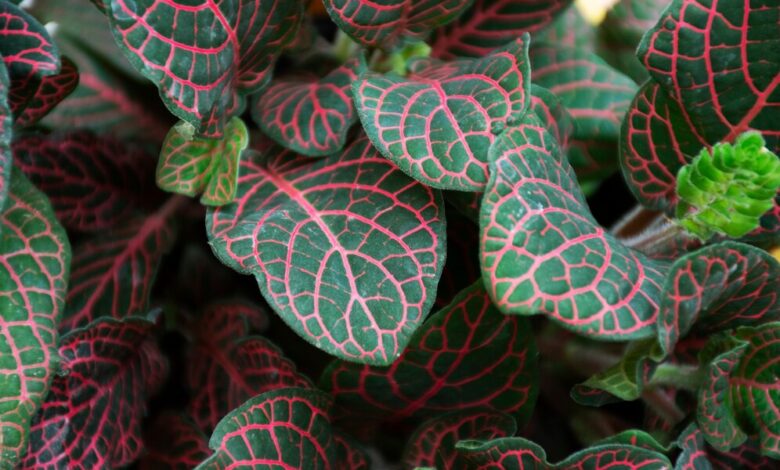Begonia Mallacoota: A Deep Dive into an Enigmatic Plant Species

Introduction
Among the myriad of begonia species, every with its particular traits and ecological roles, Begonia mallacoota stands out as an fascinating subject of botanical hobby. Named after Mallacoota, a coastal metropolis in southeastern Australia, this species offers a fascinating glimpse into the variety and complexity of the Begoniaceae own family. In this article, we can explore the defining functions of Begonia mallacoota, its habitat, ecological significance, and the demanding situations it faces inside the wild.
Taxonomy and Description
Begonia mallacoota belongs to the Begoniaceae own family, a collection renowned for its ornamental value and extensive variety of species. The genus Begonia encompasses over 1,800 species, making it one in every of the biggest plant genera. Begonia mallacoota is distinguished by way of its unique characteristics that set it aside from its relatives.
This species is a perennial herbaceous plant regarded for its fleshy, regularly colorful leaves and distinct vegetation. The leaves of Begonia mallacoota are usually asymmetrical, heart-fashioned, or lobed, with a striking variety of colours from inexperienced to deep pink or crimson, regularly marked with silver or white spots. These colourful leaves now not best make a contribution to its aesthetic enchantment but additionally play a position inside the plant’s photosynthesis and typical health.
The flora of Begonia mallacoota are equally charming, generally small and delicate, with more than a few shades inclusive of crimson, white, and purple. They are often organized in clusters and can be single-intercourse or hermaphroditic, relying on the plant’s precise increase conditions and genetic make-up.
Habitat and Distribution
Native to the eastern coast of Australia, Begonia mallacoota is in general located in the region round Mallacoota, a city recognised for its diverse and specific plant life. This region is characterised via a temperate weather with high humidity and mild temperatures, situations that are ideal for the growth of many begonia species.
Begonia mallacoota flourishes within the understory of rainforests and subtropical forests, wherein it blessings from the filtered mild and regular moisture. These habitats offer the plant with the essential safe haven from the cruelest elements and competition from greater competitive species. The soil in those regions is generally rich in natural count, permitting the plant to get admission to the vitamins it wishes to flourish.
Ecological Role

In its local habitat, Begonia mallacoota performs a crucial function within the neighborhood atmosphere. Its colourful foliage and vegetation entice diverse pollinators, which includes bees, butterflies, and hummingbirds, which might be crucial for the plant’s reproduction. By presenting meals and habitat for these pollinators, Begonia mallacoota contributes to the general health and diversity of the ecosystem.
Moreover, the plant helps preserve soil health through its leaf litter, which decomposes and provides natural matter to the soil. This manner helps the boom of other flora and continues the sensitive stability of the woodland floor. Additionally, the presence of Begonia mallacoota can imply the fitness of its atmosphere, as adjustments in its population might also mirror broader environmental shifts.
Conservation Status and Challenges
Despite its significance, Begonia mallacoota faces numerous challenges that threaten its survival. Habitat loss because of deforestation and urban development is a considerable issue. As human activities encroach upon its native habitat, the plant’s herbal environment is being fragmented and degraded, main to a decline in its population.
Climate alternate also poses a chance to Begonia mallacoota. Alterations in temperature and precipitation styles can disrupt the delicate stability of its ecosystem, probably affecting its boom and reproductive success. Increased frequency of severe climate occasions, together with storms and droughts, further exacerbates those challenges.
Conservation efforts are crucial to make sure the survival of Begonia mallacoota. Protecting its herbal habitat via the status quo of reserves and sustainable land-use practices is vital. Additionally, studies into the plant’s biology and ecology can offer treasured insights into its desires and assist tell conservation techniques.
Cultivation and Gardening
For enthusiasts and gardeners, cultivating Begonia mallacoota can be a worthwhile endeavor. This species is well-suitable to indoor environments or shaded lawn regions where its specific needs can be met. It thrives in properly-tired, organic soil and requires ordinary watering to maintain adequate moisture ranges.
In cultivation, Begonia mallacoota blessings from a moist surroundings, which may be finished through using humidifiers or through putting the plant on a tray filled with water and pebbles. The plant also prefers indirect light, making it an brilliant choice for indoor settings with filtered daylight.
Propagation of Begonia mallacoota is typically performed via leaf cuttings or seed sowing. Leaf cuttings must be taken from healthful, mature leaves and positioned in a suitable rooting medium till new boom emerges. Seeds may be sown in a sterile seed blend and stored in a heat, humid surroundings to sell germination.
Conclusion
Begonia mallacoota is a top notch plant species that encapsulates the beauty and complexity of the Begoniaceae circle of relatives. Its particular foliage, sensitive flowers, and ecological significance make it a charming issue for botanists and plant fanatics alike. However, the challenges it faces in the wild spotlight the need for concerted conservation efforts to make sure its persisted survival.